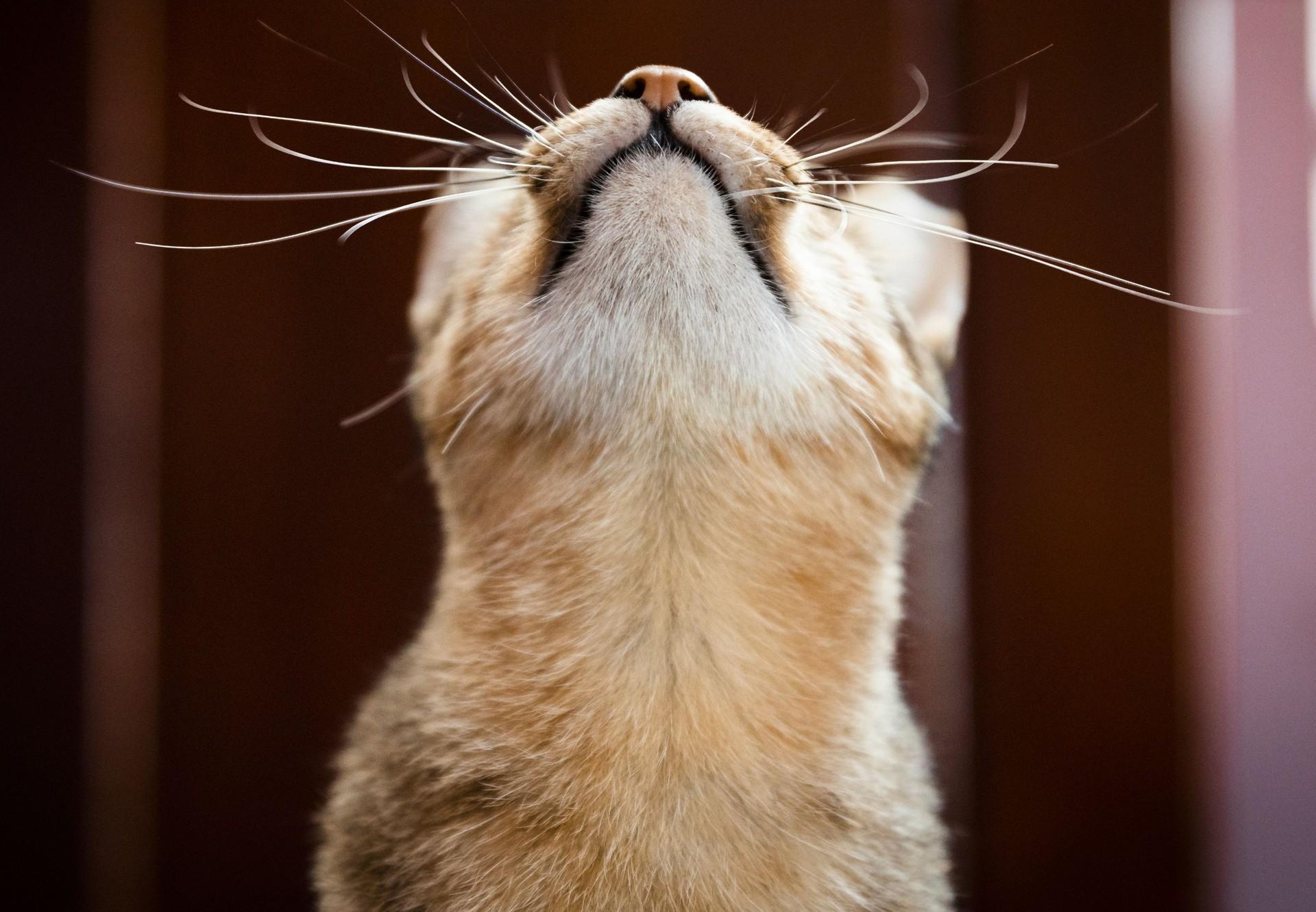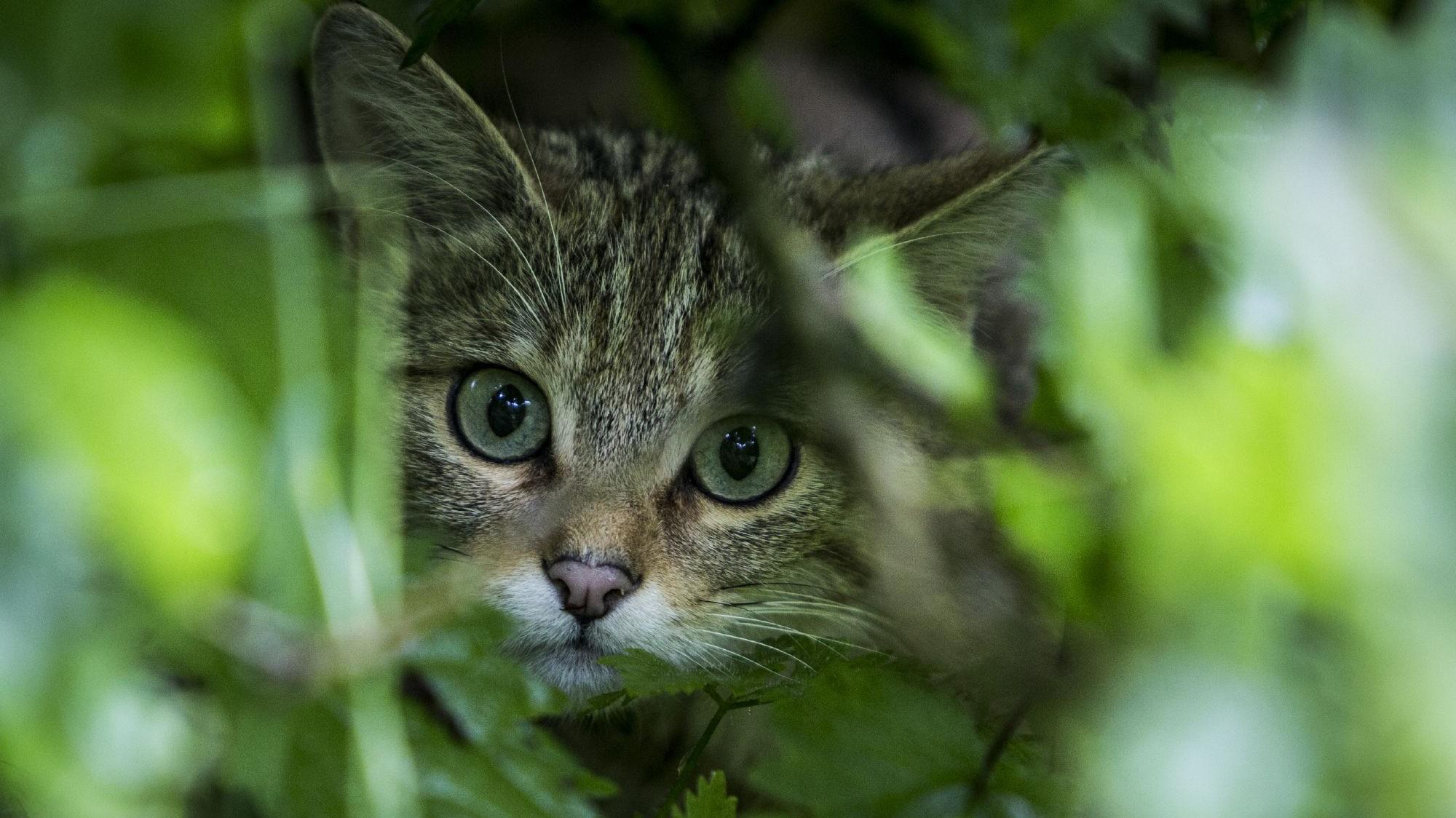
Cats – Their Distribution and Importance in Different Cultures
This species has great significance in many cultures around the world
Research has shown that today's house cats can look back on two great lineages, as confirmed by DNA analyses of cat remains in different parts of the world (Europe, North and East Africa and Southwest Asia) and from different time periods. According to this, both the Southwest Asian and the African Wildcat (Felis silvestris lybica) contribute to the gene pool of our house cats today.
One of the heritage lines appeared about 7,000 years ago in today's Jordan, Israel, Lebanon, Syria, southern Turkey, Kurdistan, southern Iraq and western Iran. From there cats spread north and west to Europe. The other line comes from Egypt, it flowed all over the Mediterranean. Findings of cats in various areas of the landscape indicate that the cats spread out via land and sea trade routes of the time.
Cats and Humans
The earliest known connection between cats and humans may date back to around 9,500 years ago, and thus to the dawn of agriculture in the Middle East. Attracted by the food supplies, the cats approached human settlements and, as hunters of rats and mice, protected the grain supplies. Cats and humans lived in a useful coexistence. Whether the cat was domesticated at that time remains a matter of dispute. There is evidence that the cat genome during this period did not differ significantly from that of the African Wildcat (Felis silvestris lybica) and that the cat was more of a wild cat than a domestic animal. Perhaps more consistent is the statement that the cat domesticated itself by choosing to live close to humans, where it found food in the form of rodents, which in turn were attracted by human food.
The cat was declared a sacred animal in ancient Egypt in the 5th and 6th dynasties (approx. 2465-2150 B.C.). Before that, cats had joined humans who – in whatever way – provided food. The Egyptians valued cats; they were welcome guests as they protected the food from rodents. Their gentle and useful nature was probably what finally opened the door for them to live in houses. Cats became household idols and were considered venerable and holy throughout Egypt, but even at this point in time cats were not necessarily domesticated.
Since there is no evidence to date to prove otherwise, it must be assumed that domestication of cats did not occur before 1500 B.C.

The cat in other cultures
Cats were known in many cultures before they made their appearance in Europe. They are depicted on tiles, in literature and in pictures and as sculptures. Cats held a special position everywhere. As already described, cats were idolized in ancient Egypt and had their own goddess, Bastet. Anyone who killed a cat was punished with death. If a cat died, all of the residents in the house shaved their eyebrows. The dead cats were embalmed and buried in sacred vessels.
- Cats are mentioned in both of the great epics of ancient India (approx. 500 - 400 BC). The famous story of Puss in Boots originally comes from an Indian folk tale.
- A legend in Persia says that cats were created magically. It is believed that the Prophet Muhammad was very fond of cats. Legends and stories surround him and his favourite cat Meuzza.
- In ancient China, the goddess Li Shou was depicted in the shape of a cat. She was also offered requests and sacrifices to keep pests away. An old myth also tells that the gods at the beginning of the world appointed cats to oversee the management of their new creation. However, the animals preferred to sleep under the cherry trees and play with falling blossoms than to devote themselves to such mundane tasks.
- Legend in Japan has it that a cat outside a temple raised its paw in appreciation as the emperor passed by. Attracted by the cat, he escaped death by lightning that struck where he was before. The waving cat is a popular lucky charm in Japan today.
- In Greece and Rome, cats were kept less as pest killers (domesticated weasels were used instead). In these cultures, cats were considered a symbol of independence (Rome) and were very highly regarded overall.
- In Great Britain, the earliest mention of cats’ dates back to 936 AD, when Hywel Dda, Prince of Wales, passed laws to protect cats.
Source
Smith C. Cats Domesticated Themselves, Ancient DNA Shows. National Geographic News. 2017 Jun 19 [accessed 2021 Feb 8]. https://www.nationalgeographic.com/news/2017/06/domesticated-cats-dna-genetics-pets-science/
Cats in the Ancient World. Ancient History Encyclopedia. [accessed 2021 Feb 15]. https://www.ancient.eu/article/466/cats-in-the-ancient-world/
How did cats become domesticated? Library of Congress, Washington, D.C. 20540 USA. [accessed 2021 Feb 15]. https://www.loc.gov/item/how-did-cats-become-domesticated/
Crowley SL, Cecchetti M, McDonald RA. Our Wild Companions: Domestic cats in the Anthropocene. Trends in Ecology & Evolution. 2020;35(6):477–483. doi:10/ggmb7v
The Complex Domestication of Cats. [accessed 2021 Feb 8]. https://www.shh.mpg.de/446464/cat-adna
Ottoni C, Van Neer W, Cupere B, Daligault J, Guimaraes S, Peters J, Nikolay S, Prendergast M, Boivin N, Morales-Muñiz A, et al. The palaeogenetics of cat dispersal in the ancient world. Nature Ecology & Evolution. 2017;1:0139. doi:10/gg45nc
Wie die Katzen die Welt eroberten - Genanalysen enthüllen Wiege und die Ausbreitungswege der domestizierten Katzen - scinexx.de. scinexx | Das Wissensmagazin. 2017 Jun 19 [accessed 2021 Feb 9]. https://www.scinexx.de/news/biowissen/wie-die-katzen-die-welt-eroberten/
The Cat Inside Quotes by William S. Burroughs. [accessed 2021 Mar 11]. https://www.goodreads.com/work/quotes/1249654-the-cat-inside

